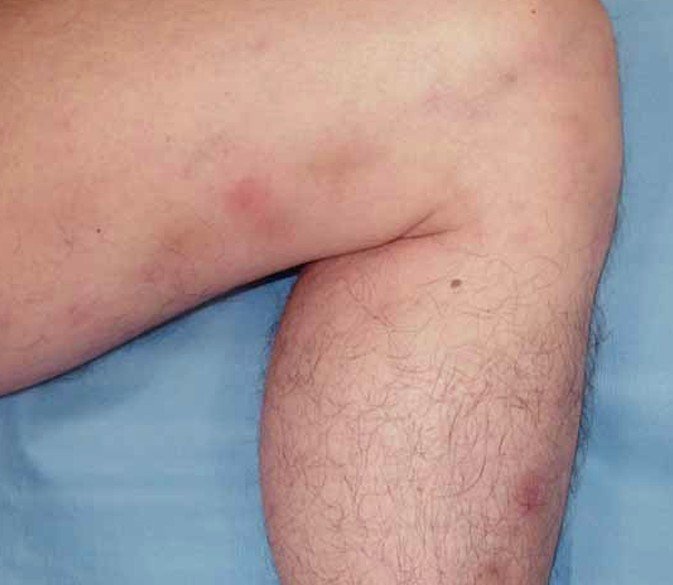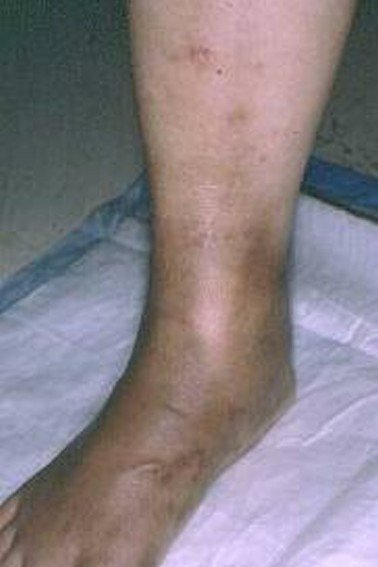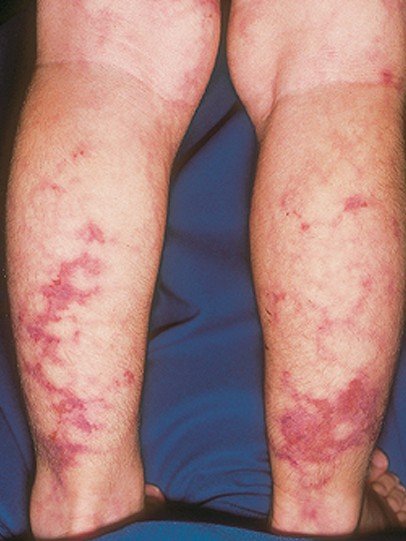Polyarteritis Nodosa
What is Polyarteritis Nodosa?
This is a serious disease of your blood vessels in which your medium and small sized arteries become damaged and swollen. These are the arteries that take blood that is rich in oxygen to your tissues and organs. It can also be considered a multi-system disorder that is rare. It can affect any blood vessel in your body. It is a disorder that is usually found more in men and is most like to present itself between the ages of forty and fifty. It can also be a potentially life threatening disease.
When a person has polyarteritis nodosa the damage to your blood vessels slows down the supply of nourishment and blood to your arteries which in turn can cause the tissue that is nearby in various parts of your body to be destroyed or injured. Because the symptoms of this disease can be confused with other forms of vasculitis and diseases it is hard to estimate just how many people are affected with polyarteritis nodosa each year. It can affect people of all races. People who have the proper treatment for polyarteritis nodosa have at least an eighty percent chance of surviving five or more years after being diagnosed.
Polyarteritis Nodosa Symptoms
The symptoms that you see with polyarteritis nodosa are usually caused by the damage these swollen blood vessels have done to the organs or body systems that are affected. These organs and body systems that are commonly affected are your nerves in your legs and arms, abdominal organs, and your kidneys. It can also affect your skin, brain, muscles and joints, reproductive organs, eyes, and your heart.
The general symptoms a person might experience may include:
- Pain in your abdomen
- Your appetite decreases
- Feeling fatigued
- Having a fever
- Aches in your joints and muscles.
- Weight loss that is unintentional.
- Weakness
- Severe headaches
- Nausea
- Confusion
- Numbness, burning, weakness, loss of sensation and movement, and pain if your nerves are affected.
- Sweats
- You may have ulcers, gangrene, nodules, and purpura if they affect your skin, which is usually your legs and can be very painful.
- Impaired kidney function, high blood pressure, and protein in your urine, and fluid retention if it affects your kidneys.
- Shortness of breath or chest pain.
- Having pain in your pelvis or testicles.
Polyarteritis Nodosa Causes
The exact cause of this disease is not known but in times past the minority of the cases of polyarteritis nodosa was caused by Hepatitis B. With the Hepatitis B vaccine now available in the developed world it is rare to find this as the cause for polyarteritis nodosa. One thing that is clear about this disease is that a polyarteritis nodosa attach can be triggered by a number of vaccines or drugs. It can also be triggered by a reaction to either a viral or bacterial infection like a staph infection of strep infection.
According to research that has been done, many researchers feel that polyarteritis nodosa could be because of the disturbances of your body’s immune system and certain immune cells attack the arteries causing polyarteritis nodosa.
Diagnosis
At this time there are no particular lab tests to be used to diagnosis whether a person has or does not have polyarteritis nodosa but there are lab tests that help a physician confirm their diagnosis. These tests include:
- Arteriogram – this is an imaging test in which a special dye is inserted into your arteries and an x-ray is taken to see what they look like inside. It can be used on the arteries in your brain, kidneys, heart, and other various parts of your body.
- A blood test called a complete blood count
- Erythrocyte sedimentation rate – this test will measure how much inflammation in your body.
- C-reactive protein – this protein is produced by your liver and if there is an inflammation throughout your body the level of this protein will go up.
- Tissue biopsy
When you visit your physician to see if you have this disease the physician will do a physical exam paying special attention to your heart, abdomen, and skin. They will also look for any neurological signs or symptoms.
Polyarteritis Nodosa Treatment
In years past there was no effective therapy for polyarteritis nodosa and because it was untreated the person died within a few weeks but could be as long as several months. Most of the time when a person died from not treating polyarteritis nodosa it was from gastrointestinal or heart complication or kidney failure.
Today if your symptoms are mild and you have no evidence of hepatitis B or C your physician will usually begin treatment with a steroid medication like prednisone. This type of medication is powerful and will suppress your immune system and can help to reduce any swelling. If the case is more severe and involves your kidneys, heart, or nerves the physician may combine prednisone with another immunosuppressant medication. To fully treat polyarteritis nodosa will take at least twelve months.
If the cause is from hepatitis B or C the physician may use prednisone to help control the arterial inflammation along with antiviral medications to help fight whichever hepatitis infection you have. If polyarteritis nodosa is diagnosed early enough you and your physician can get the disease under control and many times it can be cured. If you are experiencing any symptoms of this disorder you need to see your physician immediately.
Polyarteritis Nodosa Pictures
Photos, Images and Pictures of the health condition Polyarteritis Nodosa…



